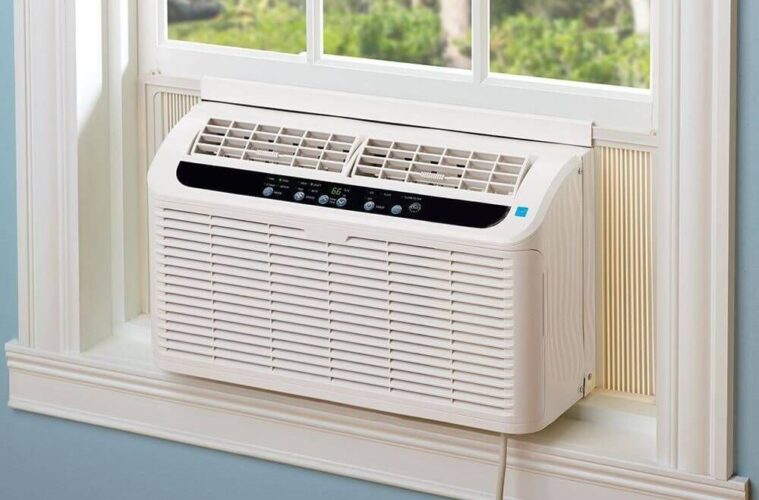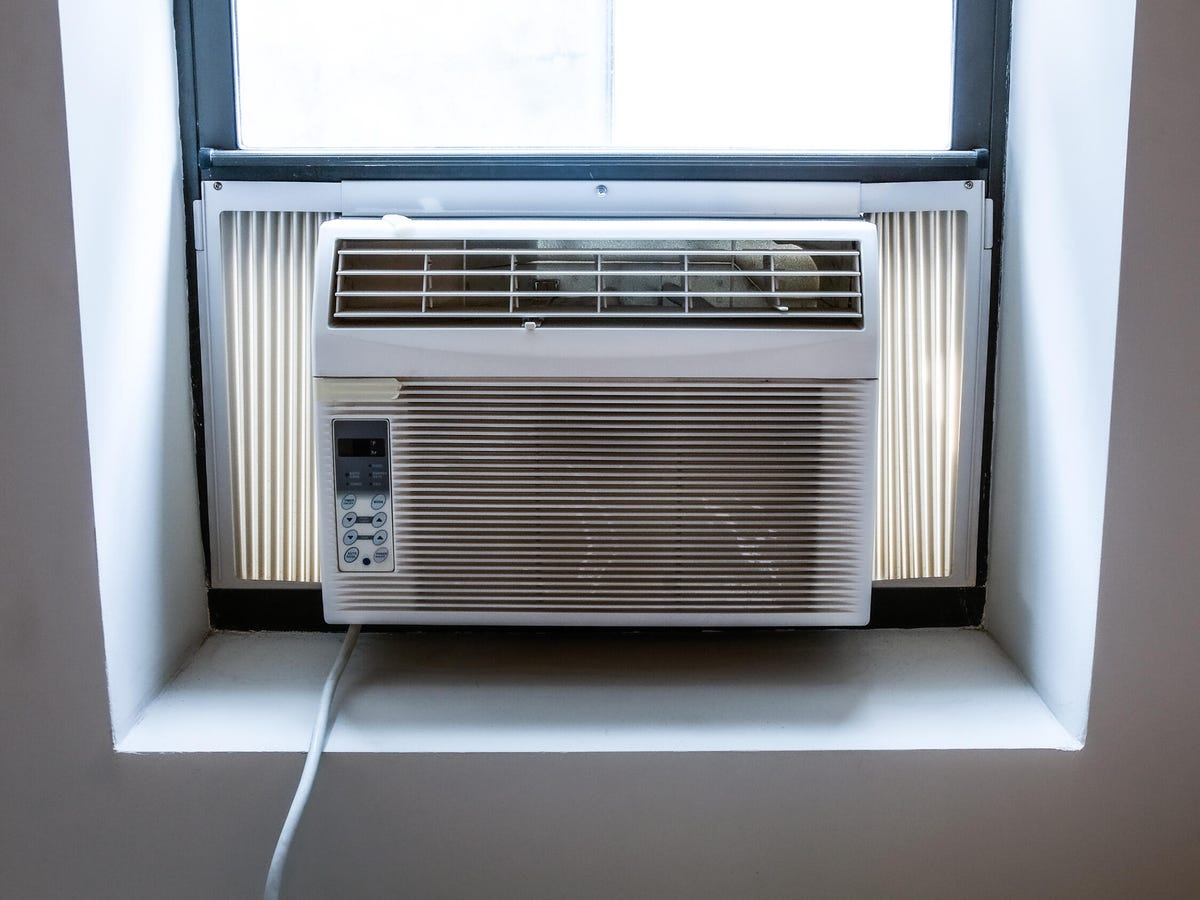Cost To Install A Window Air Conditioner

Understanding the Cost of Window Air Conditioner Installation: A Comprehensive Guide for HVAC Professionals and Consumers
Window air conditioners offer a cost-effective and readily available cooling solution for individual rooms. Understanding the installation costs associated with these units is crucial for both HVAC professionals and consumers alike. This article delves into the factors influencing these costs, offering insights relevant to HVAC students, experienced technicians, employers, and anyone considering this cooling option.
Factors Influencing Installation Costs
The cost to install a window air conditioner can vary significantly based on several factors. These include:
- Size and Type of Unit: Smaller, standard window units generally have lower installation costs than larger, high-BTU models or specialized units with features like smart controls.
- Window Type and Condition: The type of window (single-hung, double-hung, casement, etc.) and its condition play a significant role. Damaged or unusually shaped windows may require modifications or additional support, increasing labor costs.
- Electrical Requirements: Larger units often require dedicated circuits. If the existing electrical system is inadequate, an electrician will need to install a new circuit, adding significantly to the overall cost.
- Labor Costs: Hourly rates for HVAC technicians vary based on experience, location, and demand. Licensed and insured technicians typically charge more than unlicensed individuals, but offer greater assurance of quality and compliance.
- Location: Geographical location impacts material and labor costs. Metropolitan areas generally have higher costs compared to rural areas.
- Additional Services: Services like disposal of the old unit, weatherproofing, and security measures can add to the overall expenses.
Typical Cost Breakdown
While prices can fluctuate, here's a general breakdown of the costs associated with window AC installation:
- Unit Cost: $150 - $800+ (depending on BTU, features, and brand)
- Basic Installation (no electrical work): $50 - $200
- Electrical Work (new circuit installation): $150 - $500+ (can be higher depending on complexity)
- Disposal Fee: $25 - $75
Example: A homeowner purchases a 8,000 BTU window AC unit for $300. Basic installation costs $100. However, the existing outlet is not grounded, requiring an electrician to install a grounded outlet for $200. The total cost is $300 (unit) + $100 (installation) + $200 (electrical) = $600.
Do-It-Yourself (DIY) vs. Professional Installation
While installing a window AC unit might seem straightforward, professional installation is often recommended, especially for larger units or when electrical work is involved. DIY installation can save money upfront, but potential risks include:
- Improper Installation: Incorrect installation can lead to inefficient cooling, air leaks, and potential damage to the unit or window.
- Electrical Hazards: Working with electricity is dangerous. Incorrect wiring can lead to shocks or fires.
- Lack of Warranty: Some manufacturers may void the warranty if the unit is not installed by a qualified technician.
- Physical Strain: Lifting and maneuvering heavy units can lead to injuries.
Recommendation: If you are comfortable with basic hand tools and have experience with electrical work, you might consider DIY installation for a small unit. However, for larger units or any electrical modifications, hiring a qualified HVAC technician or electrician is strongly advised.
Career Opportunities in HVAC: Focus on Installation
The demand for skilled HVAC technicians remains strong. According to the Bureau of Labor Statistics, the job outlook for HVAC mechanics and installers is projected to grow 6 percent from 2022 to 2032, about as fast as the average for all occupations. Approximately 38,000 openings for HVAC mechanics and installers are projected each year, on average, over the decade. Many of those openings are expected to result from the need to replace workers who transfer to different occupations or retire.
This growth is driven by factors such as new construction, increasing demand for energy-efficient cooling systems, and the need to replace aging HVAC equipment.
Salary Ranges: The median annual wage for HVAC mechanics and installers was $59,620 in May 2023. The lowest 10 percent earned less than $36,250, and the highest 10 percent earned more than $87,490. Salary can vary based on experience, location, and certifications.
Certifications and Training
Earning certifications can significantly enhance career prospects and earning potential in the HVAC field. Key certifications include:
- NATE (North American Technician Excellence): NATE certification demonstrates competency in specific HVAC areas, such as installation, service, and repair.
- EPA Section 608 Certification: Required for technicians who handle refrigerants. This certification ensures compliance with environmental regulations.
- HVAC Excellence: Another reputable certification body offering various certifications for HVAC technicians.
Real-World Example: Maria, an HVAC apprentice, completed her training program and obtained her EPA 608 certification. She then focused on residential AC installation, gaining experience with window units, split systems, and central air conditioning. After two years, she obtained her NATE certification in installation, leading to a promotion and a significant increase in her salary.
Tips for HVAC Employers
Employers hiring HVAC technicians should consider the following:
- Prioritize Certifications: Certifications like NATE and EPA 608 demonstrate a commitment to quality and compliance.
- Offer Competitive Wages and Benefits: Attract and retain skilled workers by offering competitive compensation and benefits packages.
- Provide Ongoing Training: Invest in training programs to keep technicians up-to-date with the latest technologies and best practices.
- Focus on Safety: Implement comprehensive safety protocols to protect employees from workplace hazards.
Cost-Saving Tips for Consumers
Consumers can minimize window AC installation costs by:
- Choosing the Right Size Unit: Select a unit that is appropriately sized for the room to avoid overspending on a larger, unnecessary unit.
- Checking Electrical Requirements: Ensure the existing electrical system meets the unit's requirements to avoid costly electrical work.
- Comparing Quotes: Obtain quotes from multiple HVAC technicians to find the best price.
- Preparing the Window: Ensure the window is clean and in good condition to facilitate easier installation.
- Consider Energy Efficiency: Look for Energy Star certified units to save on energy bills in the long run.
The Future of Window AC Installation
The window AC market is evolving. Newer models incorporate smart technologies, such as Wi-Fi connectivity and programmable thermostats, enhancing energy efficiency and convenience. As technology advances, HVAC technicians will need to stay updated on these new features to provide effective installation and maintenance services.
Furthermore, the growing emphasis on energy efficiency and sustainability will drive demand for more efficient window AC units. Technicians with expertise in energy-efficient HVAC systems will be highly sought after.
Conclusion
Understanding the costs associated with window air conditioner installation is essential for both HVAC professionals and consumers. By considering the factors influencing costs, weighing the pros and cons of DIY vs. professional installation, and staying informed about industry trends, individuals can make informed decisions and optimize their cooling solutions. For HVAC professionals, continuous learning and certification are crucial for career advancement and success in this dynamic field. The installation of window AC units might seem like a simple task, but it offers a great opportunity for HVAC professionals to grow their experience and provide valuable services to their communities.










